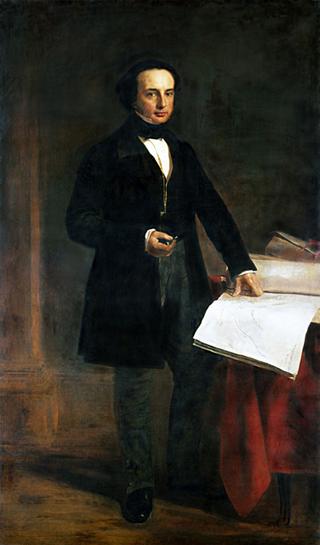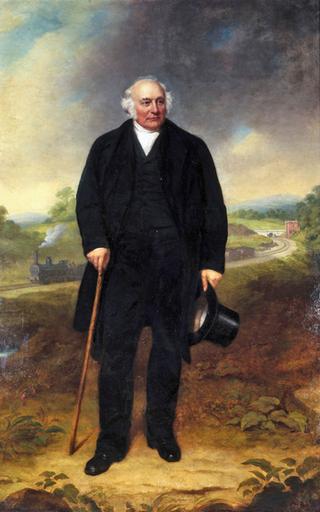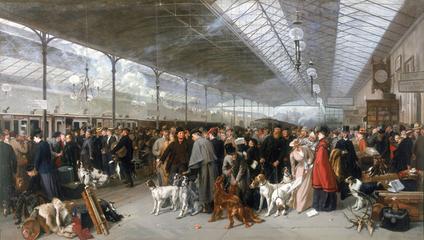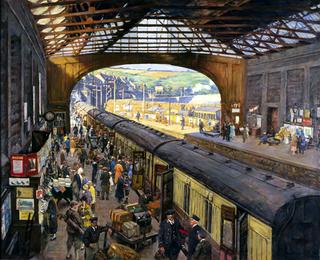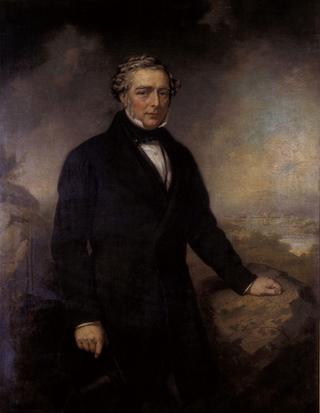
Coloured lithograph 'View of the London and Croydon Railway...', by E Duncan, 1838
- Made:
- 1838-06-01 in London
- maker:
- Edward Duncan and Day and Haghe
Coloured lithograph. View of the London and Croydon Railway from the deep cutting made through the hill at New Cross looking towards the Greenwich Railway'. Drawn and lithographed by E Duncan, 1838. Printed by Day and Haghe, Lithographers to the Queen. Published at 105 Leadenhall Street, London. 1 June 1838.
The London and Croydon Railway opened in 1839 at the height of ‘railway mania’, a period in which many new lines opened across England. This print was published in 1838, which suggests that the artist, Edward Duncan, may have had to make imaginative leaps to portray the line in operation, with a locomotive passing along it. The large ‘cutting’ (a type of excavation that carves a route through rock or dirt) at New Cross depicted in this print proved extremely expensive: the line ran three and a half times over budget.
Duncan (1803—1882) was an English printmaker and watercolour painter. Based for all his life in north London, he would have had to make the seven-and-a-half-mile journey to New Cross to take in the view of the New Cross cutting.
The printing firm Day & Haghe, appointed lithographers to the Queen in 1838, printed a diverse range of subjects, including architectural and topographical views, hunting scenes, and—as shown here—views of the railways.
It has been estimated that no fewer than 2,000 prints of railway subjects were produced during the years 1830 to the late 1840s, and scarcely a line opened without at least one view of its engineering accomplishments being published. It is difficult for us today to understand the emotional as well as financial commitment to railways during these early years. The railway was often seen as a slowly spreading symbol of change and progress towards a better world.
Details
- Category:
- Pictorial Collection (Railway)
- Object Number:
- 1979-8183
- Materials:
- paper (fibre product)
- type:
- print and lithograph
